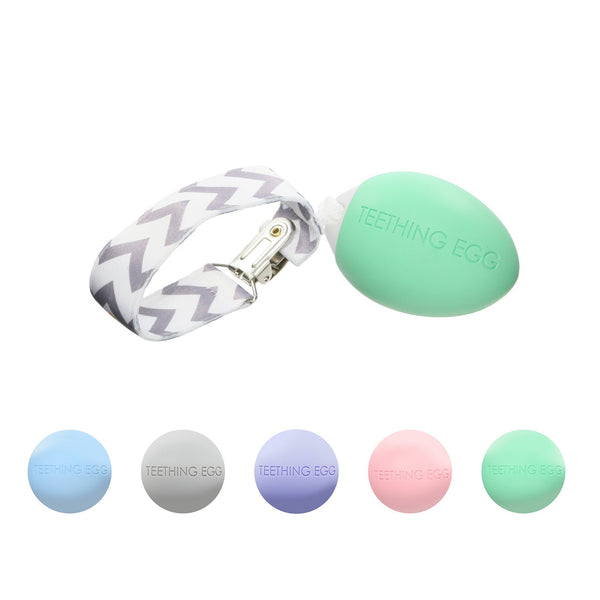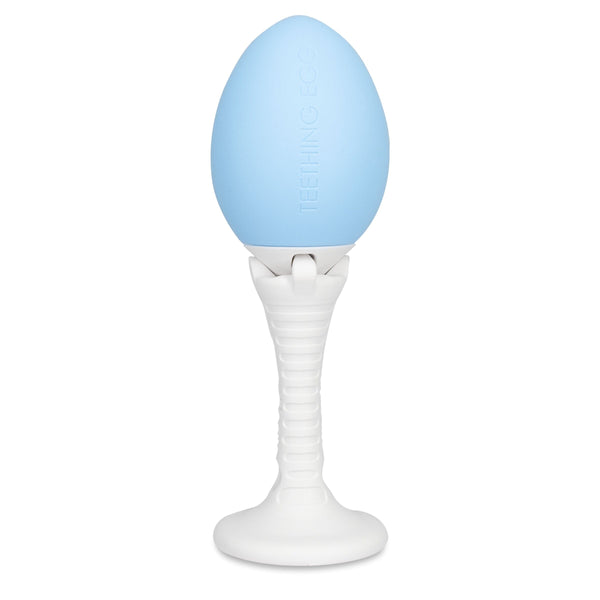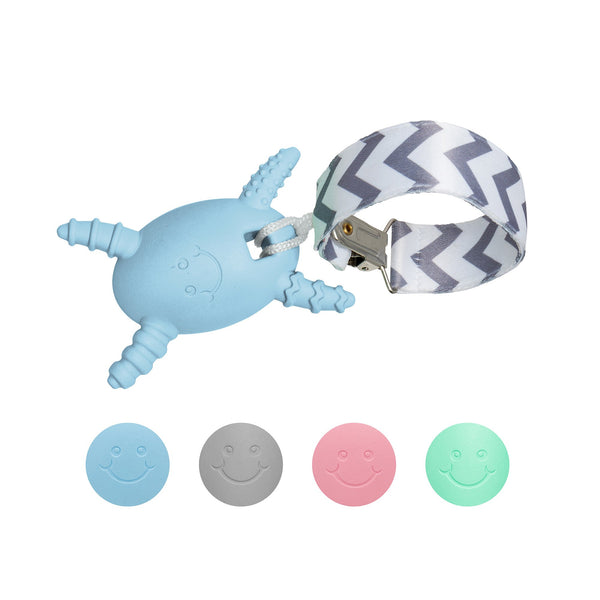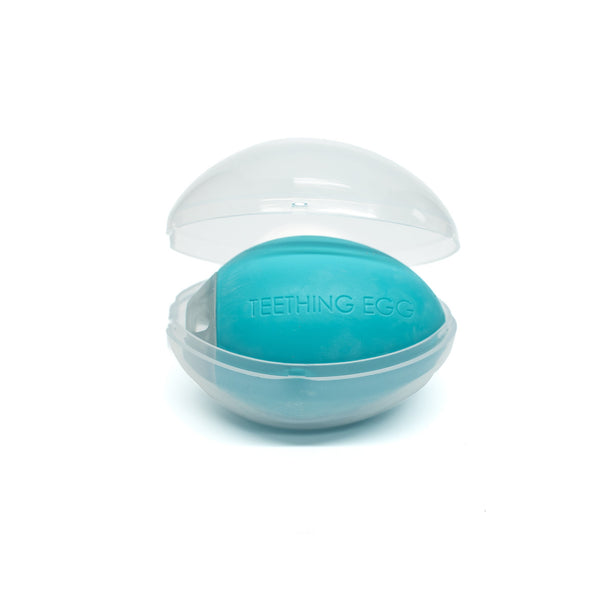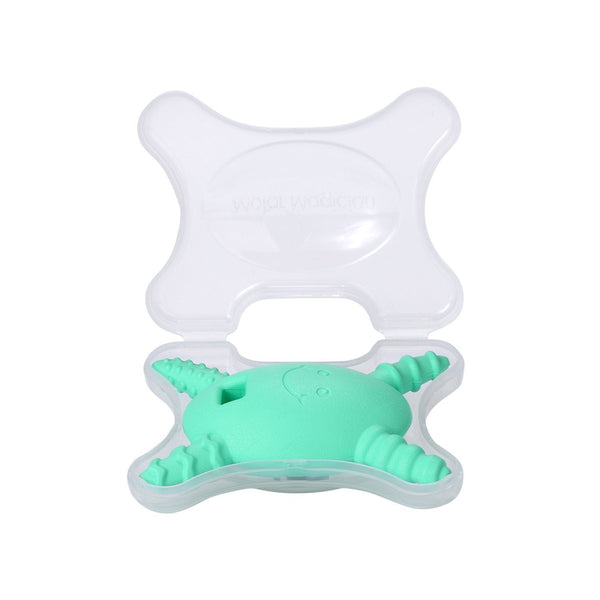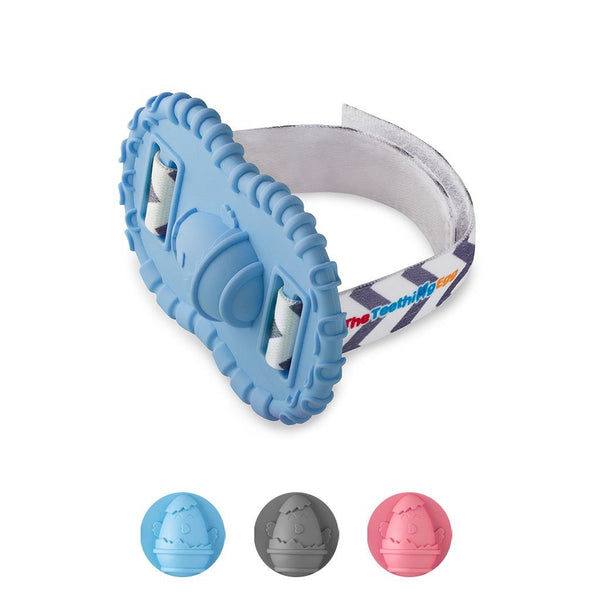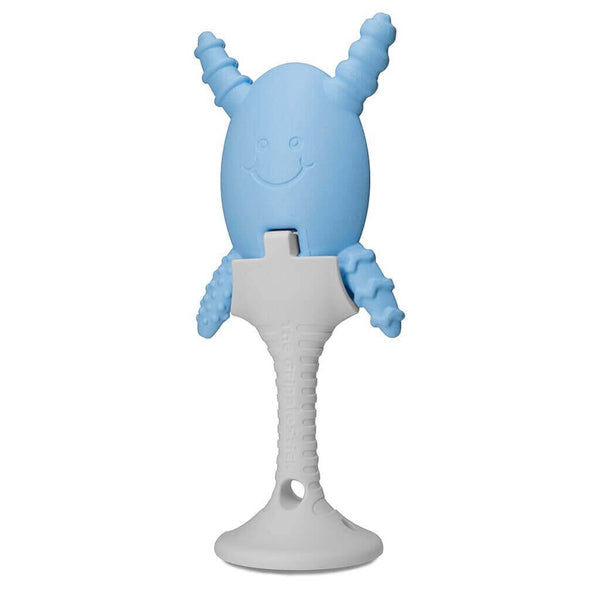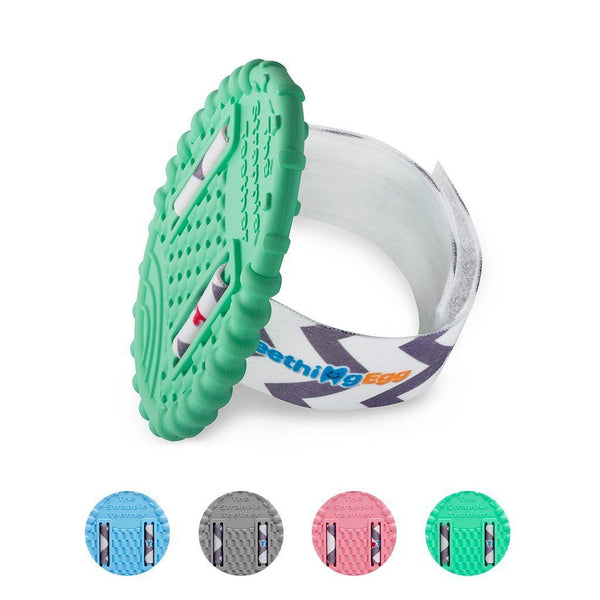Sleep is a crucial aspect of a baby’s development, and understanding wake windows can play a significant role in ensuring a healthy sleep pattern. Wake windows are the periods a baby is awake between naps. This guide delves into the concept of wake windows, offering insights into their significance, age-appropriate durations, and how to optimize them for your baby’s wellbeing.
What are Baby Wake Windows?
Wake windows refer to the time a baby is alert and active between sleeps. It's a critical component in structuring a baby's sleep schedule, balancing enough awake time for development and play with adequate sleep for growth and rest.
Get the teething Gift Basket
Recommended Baby Wake Windows by Age
- 0-2 months: 45-60 minutes. Newborns have short wake windows due to their need for frequent feedings and sleep.
- 2-4 months: 1-2 hours. As babies grow, they can stay awake a bit longer.
- 4-6 months: 1.5-2.5 hours. Around this age, wake windows expand as babies become more active.
- 6-8 months: 2-3 hours. Babies start having longer naps and more predictable sleep patterns.
- 8-12 months: 2.5-4 hours. Wake windows continue to lengthen as the baby approaches one year.
Adjusting Baby Wake Windows
Adapting wake windows is essential as your baby grows. Observe your baby’s cues and adjust the timing to avoid over or under-tiredness, which can disrupt sleep patterns.
Nap Length and Wake Windows
Longer naps don’t necessarily equate to longer wake windows. Babies need a balance of sleep and awake time, and this varies individually. Overly long naps might indicate a need for adjustment in wake windows.
Does Feeding Count in Wake Windows?
Yes, feeding is part of the wake window. It’s an activity that involves interaction and stimulation, thus counting towards the awake time.
Spotting a Baby's Sleep Cues
Recognizing sleep cues is vital in managing wake windows. Signs include rubbing eyes, yawning, fussiness, and a decrease in activity. Missing these cues can lead to overtiredness, making it harder for the baby to sleep.
When to Seek Medical Advice
Consult a pediatrician if you notice any irregularities in your baby's sleep patterns, such as excessive sleepiness, difficulty waking up, or a sudden change in sleep habits. A medical professional can offer tailored advice and rule out any underlying health issues.
Medical Views on Wake Windows and Enhancing Sleep
Medical professionals emphasize the importance of wake windows in developing a healthy sleep routine. They suggest consistency, a conducive sleep environment, and watching for the baby’s natural sleep cues. Avoiding overstimulation before sleep time is also recommended.
Stopping the Use of Wake Windows
Typically, wake windows become less critical as children grow older. By the age of 18-24 months, children often transition to one nap a day, and wake windows naturally extend. Eventually, parents can focus more on a regular sleep schedule rather than strictly monitoring wake windows.
Conclusion
Understanding and adapting wake windows is an essential part of managing a baby’s sleep health. Each child is unique, and what works for one may not work for another. Observing and responding to your baby's natural rhythms and cues is key to finding the right balance.
FAQs
Can wake windows vary from day to day?
Yes, they can vary slightly depending on the baby’s activities and overall tiredness.
Should I wake my baby if they sleep past their wake window?
Generally, it's best to let babies sleep unless they are significantly deviating from their usual sleep patterns.
How do I know if I need to adjust my baby's wake window?
If your baby has difficulty falling asleep or seems overtired, it might be time to adjust the wake window.
References
- American Academy of Pediatrics. (2023). "Healthy Sleep Habits: How Many Hours Does Your Child Need?"
- National Sleep Foundation. (2023). "Understanding Baby Sleep: 4-6 Months."
- Johnson, C. (2023). "Baby Sleep Patterns: A Guide for the Perplexed Parent." Baby Sleep Science Journal.
